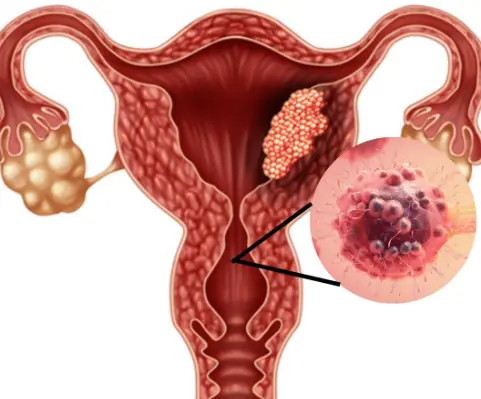
Doctor Warns: 5 Symptoms That Could Indicate Bone Cancer
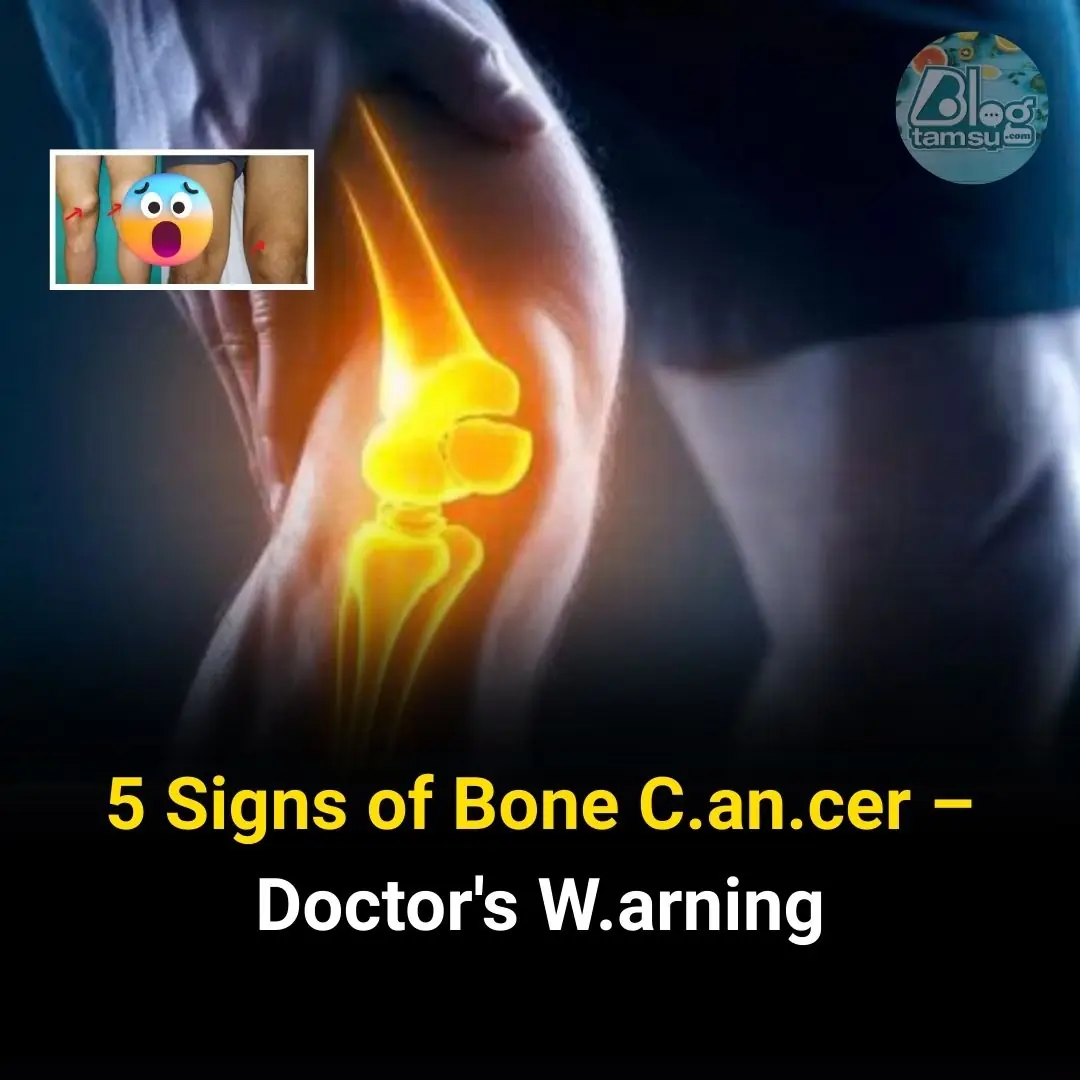
Bone cancer, though rare, can be extremely dangerous if not detected and treated in time. To help identify this disease early, doctors advise people to pay attention to the common symptoms of bone cancer. Below are 5 typical signs you should not ignore, which can help you take the initiative in protecting your health and detecting bone cancer early. Let’s find out now to safeguard yourself and your loved ones.
1. What is bone cancer?
Bone cancer is a rare type of cancer that occurs when malignant cells grow uncontrollably in the bone, damaging its structure and function. The disease can originate directly from the bone (primary bone cancer) or spread from other organs such as the breast or lungs (secondary bone cancer).
2. Common types of bone cancer
Currently, the three most common types of bone cancer are osteosarcoma, Ewing sarcoma, and chondrosarcoma. Each type has its own characteristics, affected population, and distinct symptoms.
2.1 Osteosarcoma
Osteosarcoma is the most common type of primary bone cancer (accounting for about 20% of all primary bone tumors). It often occurs in children and adolescents aged 10–30, particularly during periods of rapid bone growth.
Males are more likely to develop bone cancer than females. Tumors usually appear in long bones such as the femur, tibia, and humerus. Main symptoms include localized pain, swelling, and sometimes a palpable lump under the skin. Pain often worsens with movement and may improve with rest.
2.2 Ewing sarcoma
Ewing sarcoma is the second most common primary bone cancer, also occurring in children and adolescents aged 10–20. Tumors usually develop in the shaft or ends of long bones like the femur, tibia, and humerus. Symptoms include localized pain, swelling, redness, and warmth at the site. Many patients may also experience fever, fatigue, and unexplained weight loss.
2.3 Chondrosarcoma
Chondrosarcoma is a rare type of primary bone cancer, typically seen in adults over 40 years old. Tumors commonly develop in the pelvis, femur, humerus, and ribs.
Symptoms include localized pain, swelling, and sometimes a palpable lump under the skin. Chondrosarcoma grows slowly and is less likely to metastasize than other types of bone cancer.
Early recognition of bone cancer symptoms is crucial for timely treatment.
3. Five signs of bone cancer
Bone cancer can be hard to detect in its early stages. Recognizing warning signs early can increase the chances of effective treatment. Here are five key signs to watch for:
3.1 Bone pain
-
Characteristics: Persistent, dull pain that worsens at night or with activity. The pain may last for a long time, not improve with rest, and not respond to common painkillers.
-
Common locations: Legs, arms, or areas with a tumor, especially long bones such as the femur, tibia, and humerus.
3.2 Swelling or lump formation
Bone cancer symptoms can be mistaken for other conditions, such as swelling, redness, or warmth over the affected area. The skin over the tumor may become red and warm.
Depending on the tumor’s characteristics and ability to invade soft tissues, patients may feel one or more lumps on a limb or in various locations, commonly in the femur, tibia, or humerus. Because of soft tissue invasion, lumps are easily irritated and painful to touch, with many visible enlarged veins over the skin.
3.3 Reduced mobility
Bone cancer can limit movement in joints near the affected area, causing difficulty in walking or performing daily activities.
Muscle strength may decrease due to pain and swelling, making it harder to maintain balance and increasing the risk of falls.
3.4 Weak or easily fractured bones
Bones weakened by cancer cells can fracture easily, even without major trauma, causing severe pain and requiring urgent treatment.
In some cases, repeated fractures occur in the same location.
3.5 General symptoms
Other systemic symptoms of bone cancer include:
-
Persistent fatigue and unexplained fever.
-
Rapid, unexplained weight loss, especially when combined with the above symptoms.
If you experience one or more of these symptoms, seek cancer screening and consult a specialist promptly for diagnosis and treatment.
4. Causes and risk factors
Bone cancer occurs when malignant cells grow uncontrollably in the bone. It can be primary or secondary (metastatic).
The exact cause is unclear, but risk factors include:
-
Genetics: Rare inherited syndromes such as Li-Fraumeni syndrome (TP53 mutation) or retinoblastoma.
-
Radiation exposure: High-dose radiation, such as during treatment for other cancers.
-
Paget’s disease of bone: Abnormal bone growth increases the risk of malignant bone tumors.
-
Age: Most common in children and adolescents aged 9–19.
-
Gender: Males are more affected than females.
-
Metastasis from other cancers: Commonly from the prostate, breast, lung, or thyroid.
-
Family history: Relatives with bone tumors.
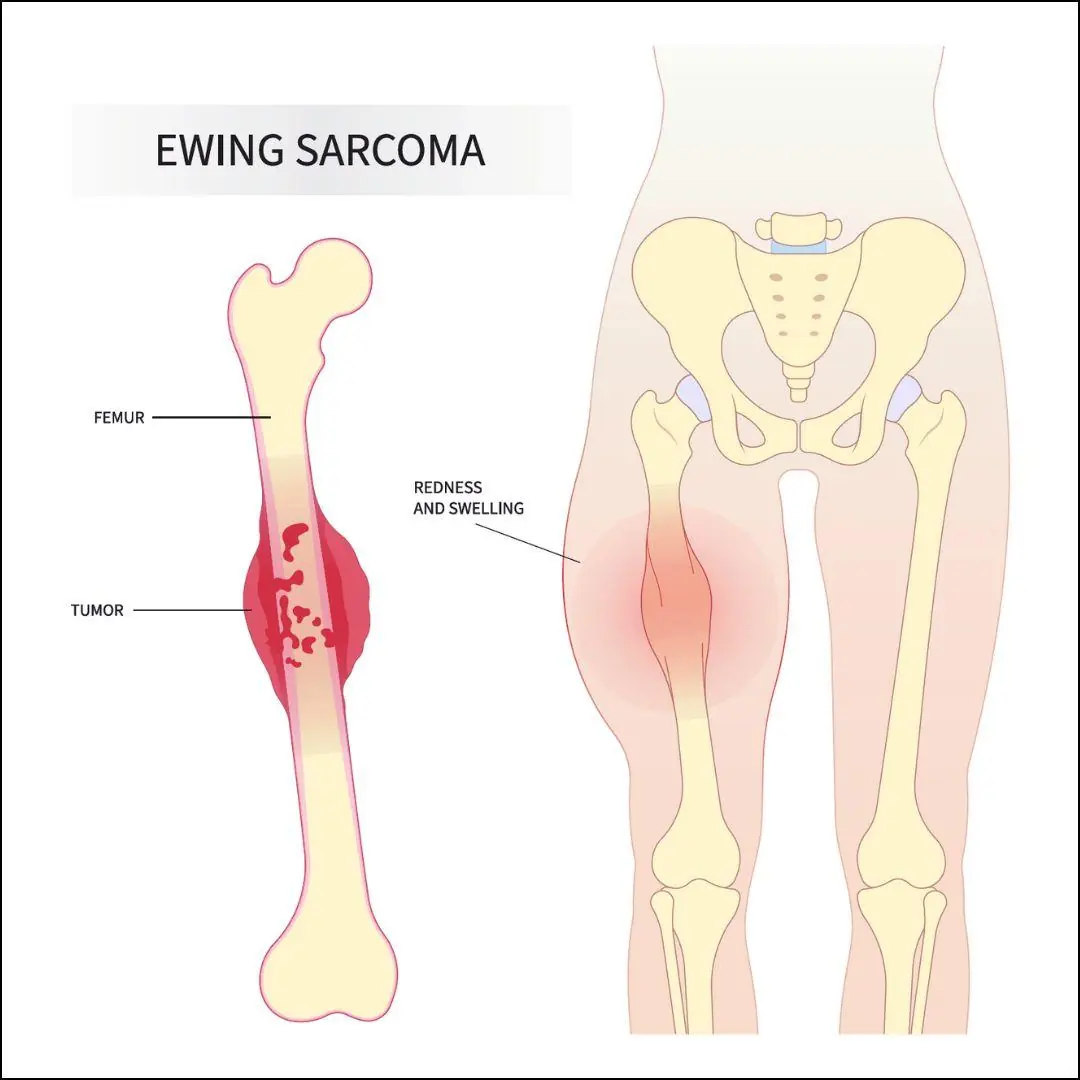
5. When to see a doctor
Seek immediate medical attention if you have sudden symptoms or risk factors, especially with a family history of cancer. Specific cases include:
-
Persistent bone pain that doesn’t improve with rest.
-
Swelling or pain lasting for weeks.
-
Unexplained fever along with bone pain.
6. Diagnosis
Early diagnosis is key to improving treatment outcomes. Common diagnostic methods include:
6.1 Imaging tests
-
X-ray: Identifies tumor location, size, and bone damage.
-
CT scan: Detailed bone and soft tissue imaging, especially useful for areas like the shoulder and pelvis.
-
MRI: Shows soft tissue and bone marrow, detects tumor spread to nearby structures.
6.2 Bone biopsy
Tissue samples are examined under a microscope to confirm whether the tumor is benign or malignant. This can be done via needle biopsy or surgery.
6.3 Blood tests
While not definitive, blood tests can detect inflammation or abnormalities to support diagnosis.
7. Treatment
Treatment depends on tumor type, stage, location, and overall health.
7.1 Surgery
-
Tumor removal: Complete tumor excision, sometimes with limb-sparing techniques to preserve function. Amputation may be necessary for large or deeply invasive tumors.
-
Joint replacement: For tumors near joints, prosthetic replacement may maintain mobility.
7.2 Chemotherapy & Radiotherapy
-
Chemotherapy: Destroys cancer cells or slows their growth, often before surgery to shrink tumors or after to kill remaining cells.
-
Radiotherapy: High-energy X-rays destroy cancer cells. Used before surgery, after surgery, or when surgery is not an option.
7.3 Immunotherapy & new research
-
Immunotherapy: Stimulates the immune system to attack cancer cells. Still under clinical trials for bone cancer.
-
New treatments: Gene therapy, targeted therapy, and novel drugs aim to improve outcomes and reduce side effects.
8. Prevention
While bone cancer cannot always be prevented, risk can be reduced by:
-
Managing risk factors: Monitor if you have a family history, past radiation exposure, or Paget’s disease.
-
Regular screening: Especially important for high-risk individuals.
-
Healthy lifestyle: Balanced diet rich in calcium and vitamin D, regular exercise, avoiding harmful chemicals.
9. Conclusion – A warning about bone cancer
Although rare, bone cancer remains a serious health concern. In the US, bone and joint cancers account for about 0.2% of all new cancer cases. In 2024, an estimated 3,970 new cases and 2,050 deaths are expected.
Given the global cancer burden, early detection, prevention, and effective treatment are crucial. The World Health Organization encourages increased cancer awareness and improved screening programs.
At FV Hospital’s Hope Cancer Treatment Center, advanced cancer diagnostics and treatments are available. Dr. Basma M’Barek, the center’s head, emphasizes the importance of early detection and timely treatment in combating both bone cancer and other malignancies.
News in the same category


The Vegetable That Helps Reduce Sugar in The Body. It is Diabetes’ Strong Opponent

5 Early Signs of Thyroid Can.cer You Can Easily Notice
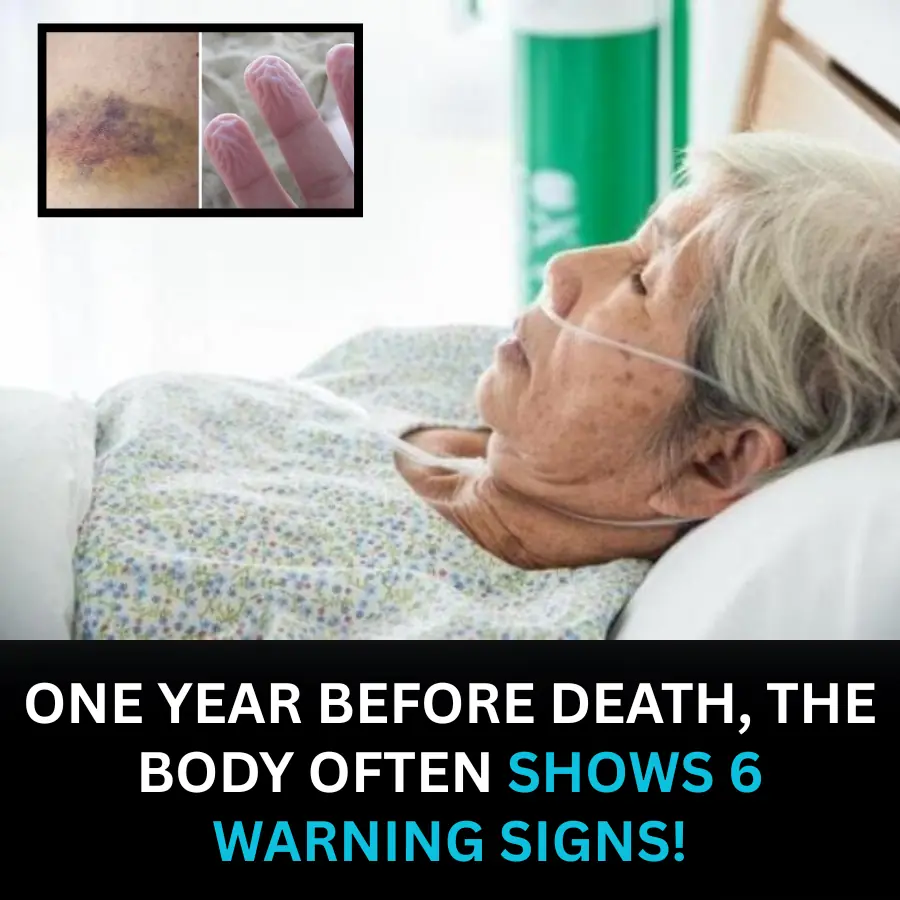
6 Warning Signs the Body May Show About a Year Before Death

If You Get These Bruises on Your Body… Here’s What It Means
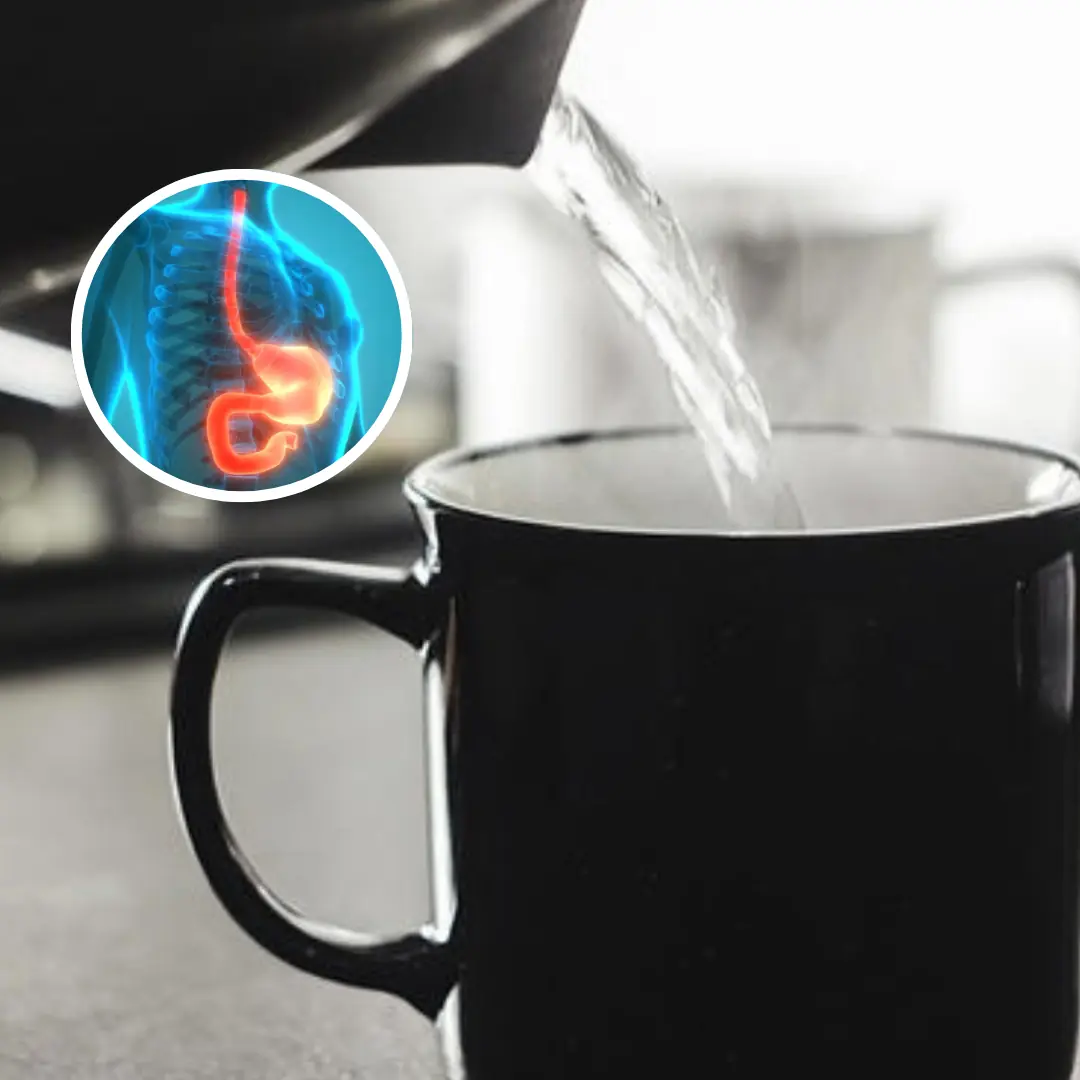
Effects of drinking warm water after waking up and foods to avoid on an empty stomach

This One Superfood Could Tackle Major Health Issues—Here’s What You Need To Know

Doctors warn: Stop eating these cancer-linked vegetables you may be having every day
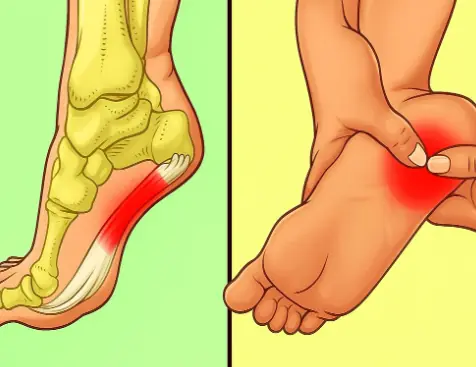
7 Powerful Exercises to Relieve Heel Pain and Treat Plantar Fasciitis Naturally

Three Easy-to-Grow Vegetables Linked to Cancer Prevention and Better Health

Doctors Warn: Four Fruits That May Promote Can.cer Cell Growth If Consumed Improperly

The ‘Golden’ Food Linked to Can.cer Prevention: How It May Support Immunity and Cellular Health

Here’s why you shouldn’t sleep with a fan on overnight
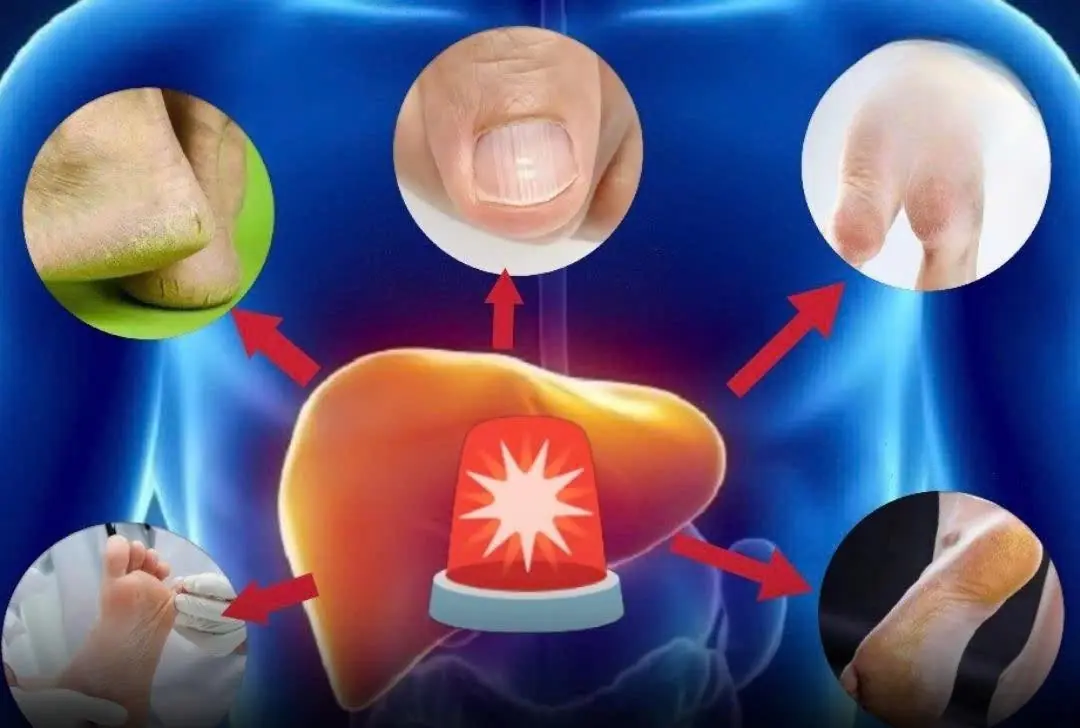
This Symptom in Your Feet Could Mean Fat.ty Liver Dis.ease Can’t Be Reversed
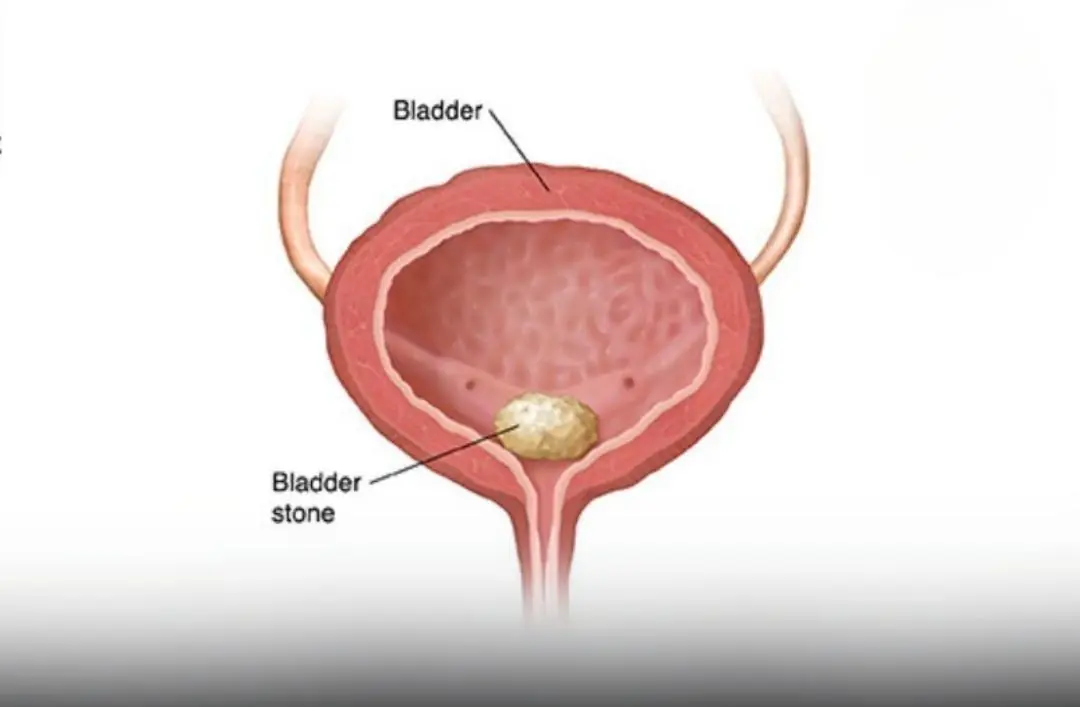
Doctors Warn: Early Indicators of Bladder Can.cer You Must Know

New Can:cer Treatment Approach Offers Hope by Cutting Time and Costs
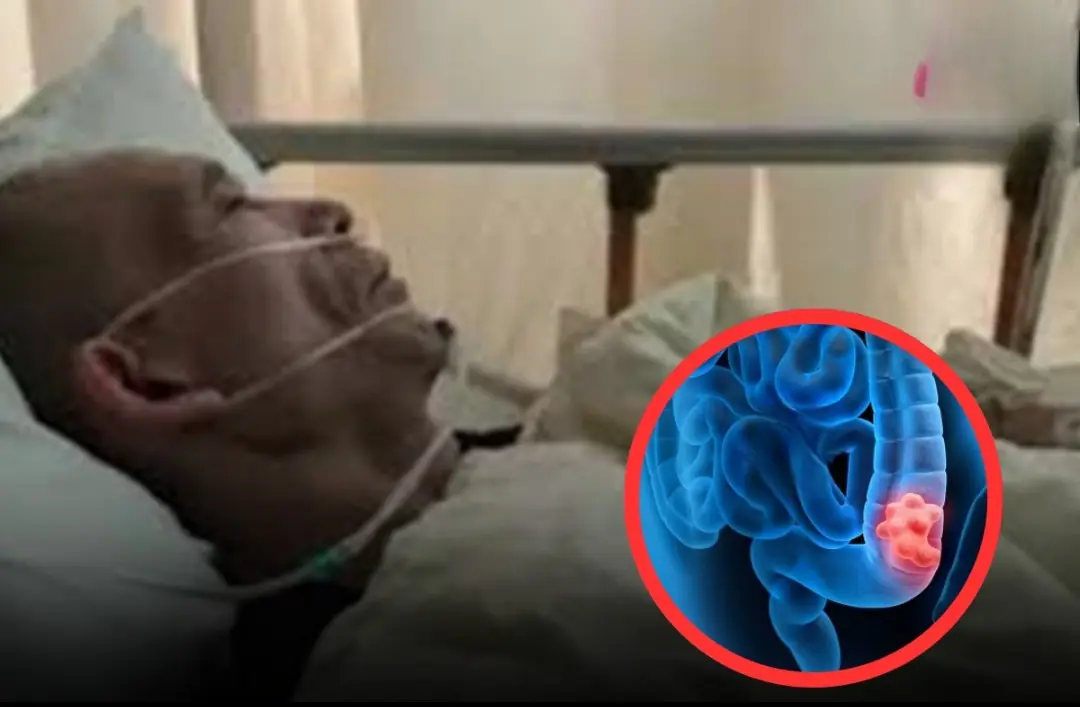
3 seemingly har.mless daily habits that had been silently damaging his health for years
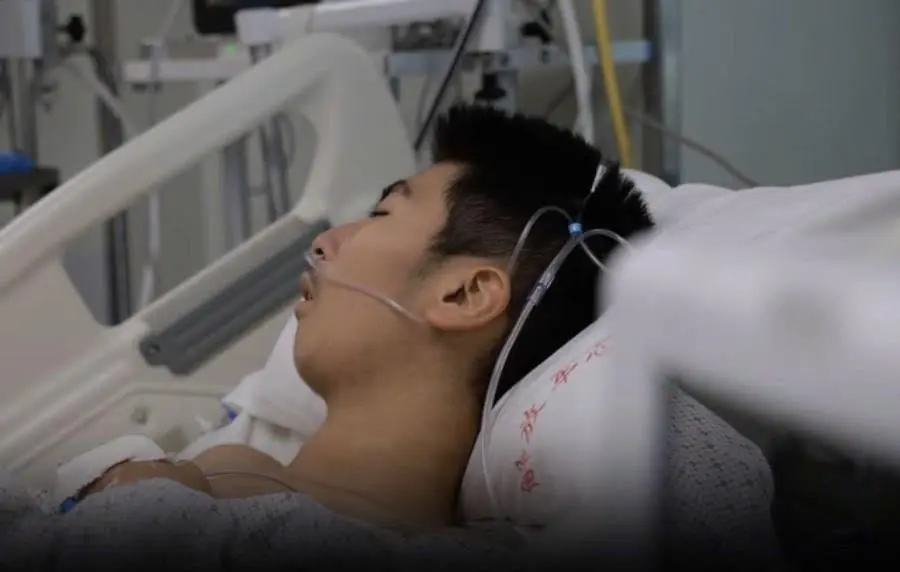
It is not a sudden violent illness, but the cumulative effect of daily living habits.
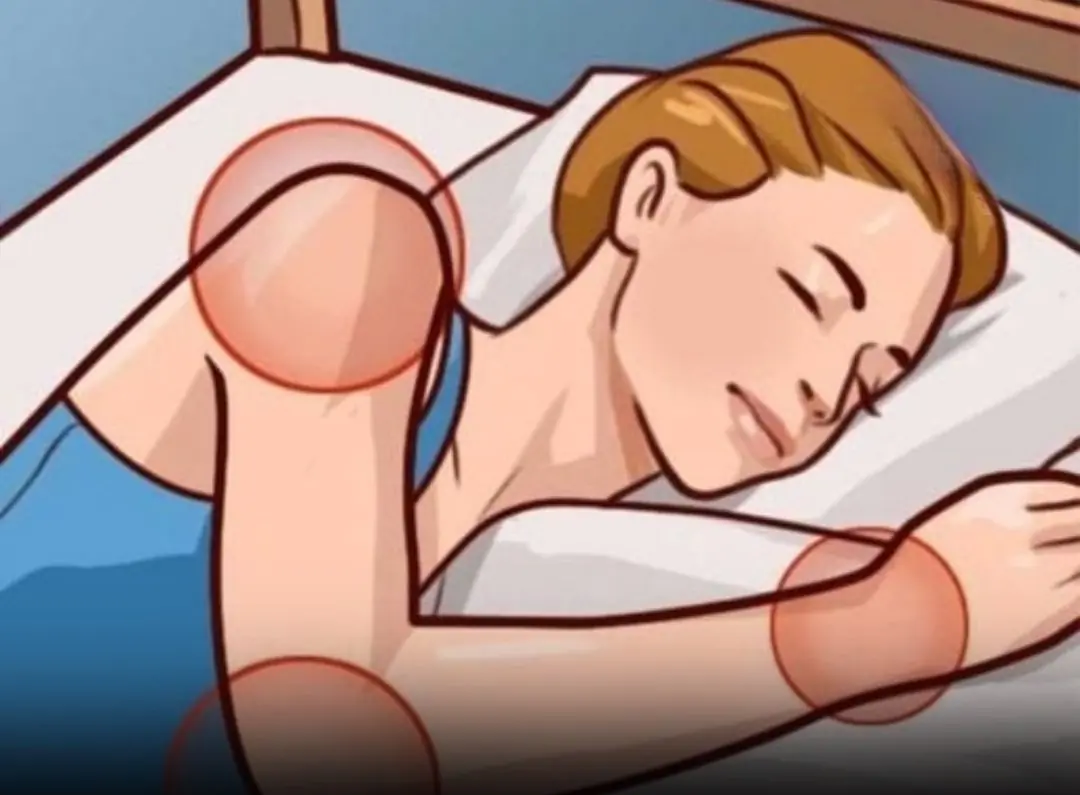
Here’s how one small adjustment could transform your health
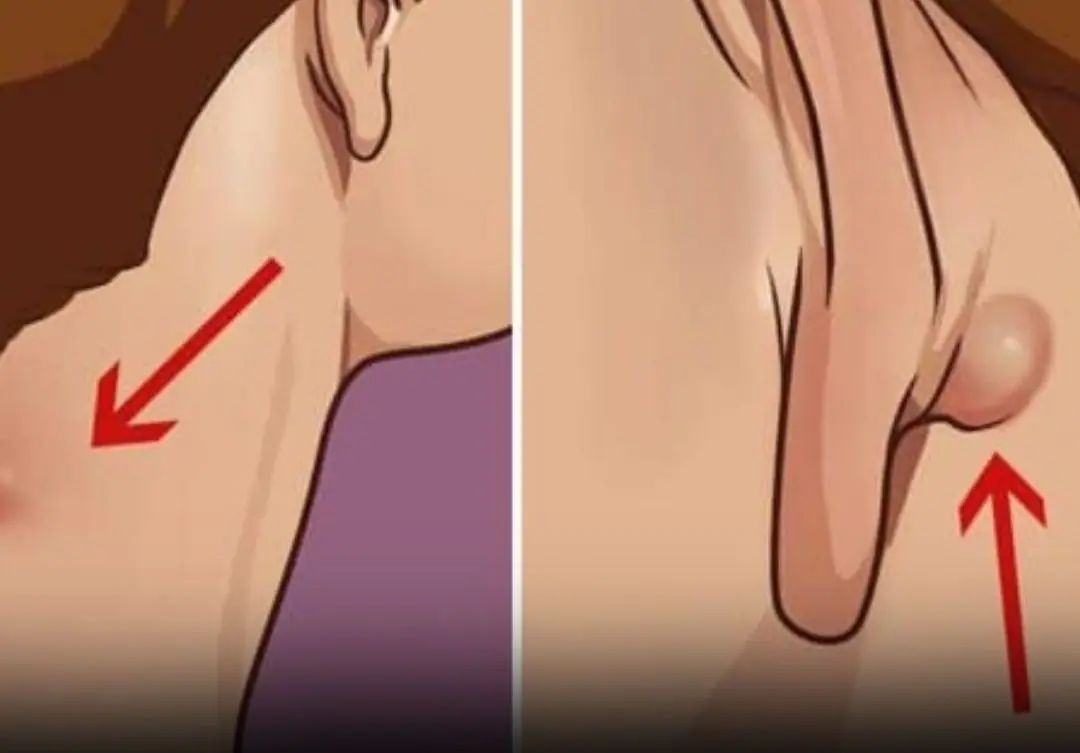
Spot a Lump on Your Neck? Here’s What It Might Mean
News Post

The Vegetable That Helps Reduce Sugar in The Body. It is Diabetes’ Strong Opponent

5 Early Signs of Thyroid Can.cer You Can Easily Notice

6 Warning Signs the Body May Show About a Year Before Death

If You Get These Bruises on Your Body… Here’s What It Means

Effects of drinking warm water after waking up and foods to avoid on an empty stomach

3 Effective Ways to Prevent Snakes From Entering Your Home

This One Superfood Could Tackle Major Health Issues—Here’s What You Need To Know

Doctors warn: Stop eating these cancer-linked vegetables you may be having every day

A Simple, Safe Way to Repel Rats Using Only Rice

7 Powerful Exercises to Relieve Heel Pain and Treat Plantar Fasciitis Naturally

Three Easy-to-Grow Vegetables Linked to Cancer Prevention and Better Health

Doctors Warn: Four Fruits That May Promote Can.cer Cell Growth If Consumed Improperly

The ‘Golden’ Food Linked to Can.cer Prevention: How It May Support Immunity and Cellular Health

Here’s why you shouldn’t sleep with a fan on overnight

This Symptom in Your Feet Could Mean Fat.ty Liver Dis.ease Can’t Be Reversed

Doctors Warn: Early Indicators of Bladder Can.cer You Must Know

New Can:cer Treatment Approach Offers Hope by Cutting Time and Costs

The reason dogs always behave this way is because

To prevent snakes from entering your house, you can apply the following methods.
